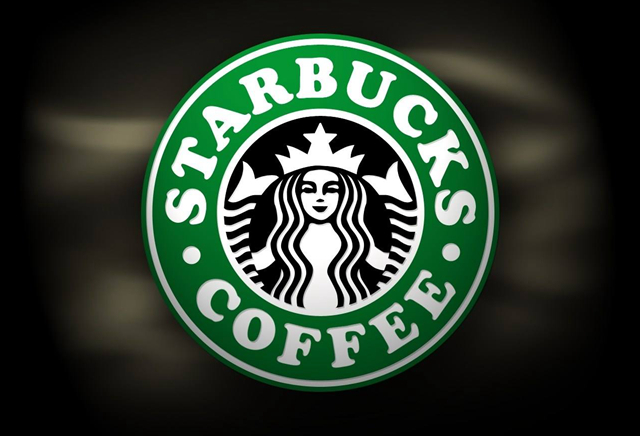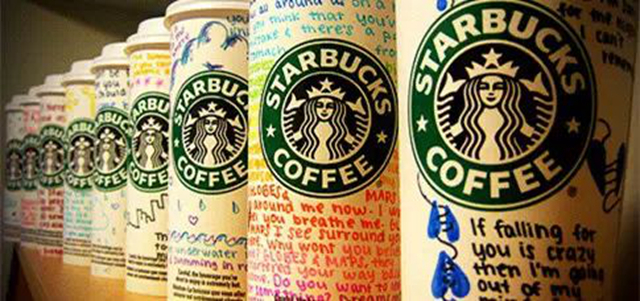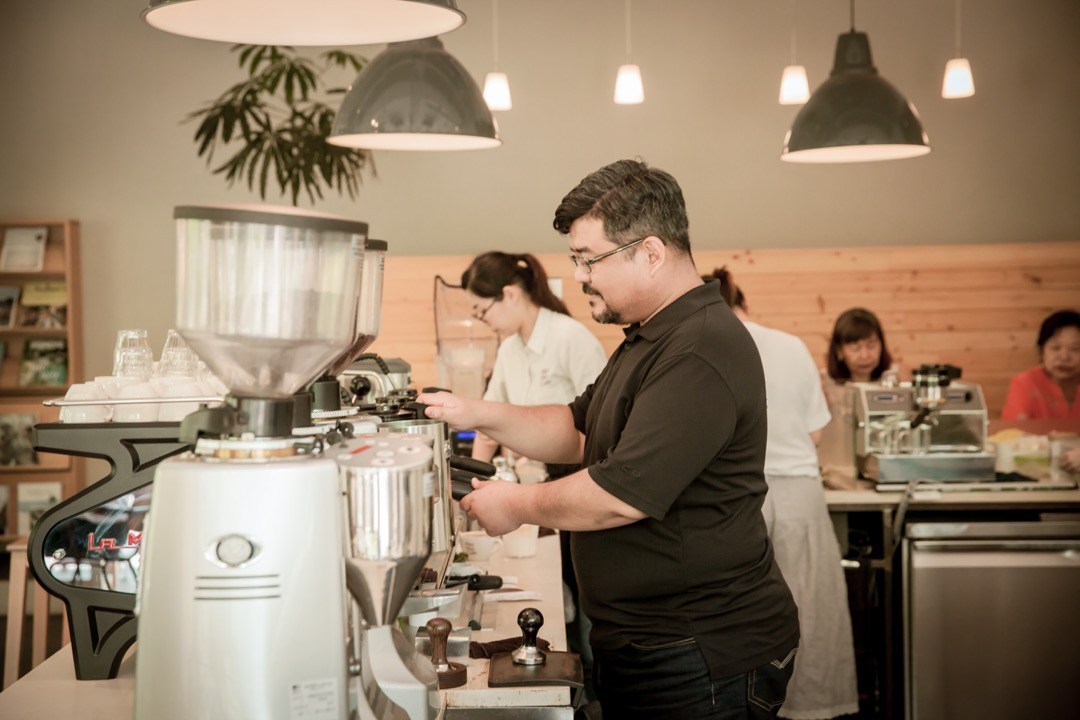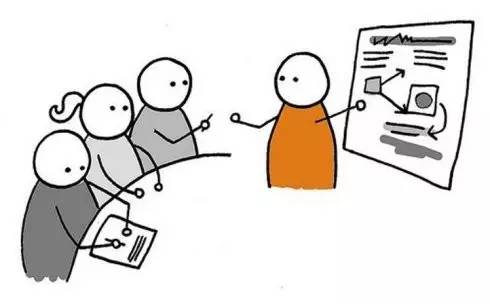Big data is in every cup of Starbucks coffee you drink.
For professional baristas, please follow the coffee workshop (Wechat official account cafe_style)
Starbucks has grown from a nobody to a dazzling star and has rapidly evolved into a fashion symbol. Along the subway lines of the city, downtown, office lobbies, shopping malls or corners of restaurants, in crowded places, the mysterious woman on the dark green logo always smiles at you quietly. Let's see how it grew up--
Starbucks location logic: use big data!

For fast food chains, being able to compare a variety of data to understand traffic flow, consumer group distribution, safety information, business composition and other relevant information can help them save a lot of money in determining store location.
Starbucks now uses an in-house graphics and business intelligence platform called Atlas to decide where to open new stores. Atlas is used all over the world; if Starbucks is to open new stores in China, O'Hangen 's team will use the platform to ask local partners to assess the population maps of nearby retail circles, public transport stations and neighborhoods.

In Nanjing, Atlas has already been used in site selection. Starbucks local representatives use the platform to locate a store that is within walking distance of several office buildings under construction, and then they set up a workflow to prepare new store opening permits and legal procedures.
There are other unexpected uses for these location data. Starbucks' data analysis method is not just good for store location. They will also use the number of local smartphone users to decide which area to promote mobile apps in the southern city of the United States.
In Memphis, Starbucks uses weather data to predict whether there will be a heat wave, and then cleverly matches the promotion time of Frappuccino. For a long-standing push to add beer and wine to the menu, Starbucks is now using the Atlas platform to find stores that meet two criteria: high consumers and high consumer demand.
For chain stores, the use of GIS and other data-intensive services follows a simple logic: data helps companies save money while preventing companies from wasting money on the wrong decisions to open stores in the wrong locations.
Two stages of site selection
First of all, local Starbucks chooses stores according to the characteristics of each region; these choices mainly come from three aspects: the company's own search, intermediary introduction, and major real estate companies in building commercial buildings at the same time. Will also take the initiative to introduce Starbucks to create the environment. In Shanghai, the ratio of these three options is about 1: 1: 2.
The second stage is the audit of the headquarters. Generally speaking, Starbucks' Chinese companies send store information to the Asia-Pacific headquarters for them to assist in evaluation. Starbucks Worldwide provides standardized data and tables as the main criteria for measuring stores. These standardized data are often analyzed from the database established by local store selection data.
In fact, the importance of the audit stage is not very prominent, and the main decision is still in the hands of local companies. If you just wait for the end of the Asia-Pacific evaluation, you are likely to miss the business opportunity because of time. Often in the process of waiting for approval, the local storefront has already begun to decorate.
From the analysis of Starbucks stores, we can see that Starbucks has spread almost all over the world since it started in Seattle. Quartz also did some analysis of Starbucks Maps:
Starbucks is all over the United States
The distribution of Starbucks stores in the United States is the densest in the world, with traces of it in almost every town. But in other rich countries, much of the area outside the city remains untouched by Starbucks' green siren logo.
Big data
Starbucks has stores in 63 countries
None of the 49 countries in sub-Saharan Africa has Starbucks stores, and this scarcity exists not only in Africa, but also in Central Asia and Eastern Europe.
Big data
The layout of Starbucks is the geography of a city
In many cities, Starbucks seems to exist on every street corner. Starbucks' distribution in the city is like a portrayal of urban geography, at least in wealthy neighborhoods.
Big data
Seoul is the city with the largest number of Starbucks
Shanghai has 256 Starbucks, making it the city with the largest number of Starbucks in China. Seoul has the largest number in the world, with 284, seven more than New York's 277.
Big data
Starbucks is dense on the east coast of the United States.
Almost every place in Manhattan in New York is Starbucks. There are 210 Starbucks stores in Manhattan, one for every six square miles. There is a Starbucks in less than ten miles on the way from Boston to Philadelphia.
Big data
Starbucks blossoms everywhere in Canada and China
Starbucks' sales in China and the Asia-Pacific region are growing much faster than anywhere else, with new stores growing by 9% in 2013 compared with 2012, and sales growing by 27.1%. Sales in China and the Asia-Pacific region accounted for 6.2% of total sales in 2013. Last year, Starbucks added 588 new stores in China and the Asia-Pacific region.
In a 2013 report, Starbucks said he hoped to make China the largest market after the United States and would focus the company's main growth outside the Western Hemisphere.
Big data
Starbucks' invasion of Europe is uneven
In the UK, although tea has been the hot drink of choice for centuries, Starbucks has a strong position. There are a total of 784 Starbucks stores in the UK, nearly 87.6% of which are in England, while London accounts for 26%, or 202. France has 97 stores, just one more than Hong Kong, of which 62 are in Paris. In Italy, a country famous for coffee, there is no Starbucks.
Big data
If per capita, Starbucks in Canada has the largest number.
Although Canada has the largest number of Starbucks outside the United States, the number is far less than that of the United States. However, after taking population into account, Canada has been promoted to the first place.
There are 40 Starbucks for every 1 million Canadians. What is missing in the table are mostly Asian countries because of their large population base. And some of the ones at the top of the list are because of their small size. Singapore is smaller than New York, and Hong Kong is the size of Los Angeles.
Big data
Starbucks is growing into a technology giant
Starbucks is more than just opening stores to sell coffee. In fact, it is becoming a technology giant that wants to use mobile technology to reach its consumers, for which it has poached a former Microsoft executive.
Starbucks CEO Howard Schultz (Howard Schultz) announced the appointment of Kevin R. Johnson, former CEO of Juniper Networks, as the company's new chief operating officer during an investor conference call on January 22, 2015, a move that demonstrates the growing importance of mobile payments to Starbucks.
Starbucks wants to get closer to its consumers through mobile technology, and Kevin R. Johnson has a lot of experience in this area.
Howard Schultz told an investor conference that nearly 16% of revenue in Starbucks stores in the United States comes from mobile clients, while Starbucks' own App has nearly 13 million active users. Asit Sharma, an analyst at Motley Fool, said Starbucks' move proves Schultz's belief that mobile and digital platforms will drive the company's future business. Schultz said the appointment of Kevin R. Johnson had nothing to do with Troy Alstead's leave, and he hinted that the change was not part of CEO's succession plan. Troy Alstead, who has worked at Starbucks for 23 years, is widely seen as Schultz's successor.
Starbucks is becoming a technology giant and is becoming more and more mobile. Starting December 3, residents of Portland, Oregon, open Starbucks' iPhone app and see the new button "order" (order). Click on it, complete the mobile payment, consumers can order the coffee they want, and then walk to the nearest Starbucks to pick it up. Portland is a pilot city for Starbucks' mobile ordering and payment service. Scott Maw, chief financial officer of Starbucks, said the two-month results of the trial run were very encouraging, and then Starbucks will continue to promote the service in its 600 stores in the northwest until it covers the entire US market.
In addition to appointing a new chief operating officer, Starbucks also handed over a beautiful financial report. Schultz said Starbucks' mobile strategy boosted the company's results last quarter. Starbucks made a net profit of $983 million in the final quarter of 2014, up more than 82 per cent from $540 million in the same quarter the previous year. In order to promote holiday consumption, Starbucks launched a campaign in the United States during the Christmas season, where consumers will have the right to drink coffee for 30 years if they show Starbucks cards when they buy food. Affected by the Christmas promotion, the stored value of customers in Starbucks' Starbucks card jumped 17% to $1.6 billion, and one in seven Americans now has a Starbucks card.
Important Notice :
前街咖啡 FrontStreet Coffee has moved to new addredd:
FrontStreet Coffee Address: 315,Donghua East Road,GuangZhou
Tel:020 38364473
- Prev

Coffee Man Story | imaginary cloze Taipei man-- Coffee worker Chen Zhihuang
Professional baristas please pay attention to the coffee workshop (Wechat official account cafe_style) Taipei is like a mellow coffee bean, after generations of roasting, more and more delicious. There are different styles of coffee shops in Taipei, and the smell of Fika Fika Cafe is very rich. Recently, Chen Zhihuang introduced a Joper all-cast iron bean dryer from Portugal, which is installed in Lake II in Fika Fika.
- Next

Settle the bill: why do cafe lattes sell for 30 yuan a cup?
Professional barista communication Please follow the coffee workshop (Wechat official account cafe_style) first think about a question: a cup of coffee costs 28 or 32 yuan, how do you decide? Refer to Starbucks or other people's menus, or do you want to pat your own head? What should the scientific pricing idea look like? Let's analyze how much 1 costs, it all depends on Starbucks? Come first.
Related
- What documents do you need to go through to open a coffee shop? coffee shop coffee shop certificate processing process
- How to purchase Coffee beans in small Cafe how to choose a suitable supplier for domestic Coffee supply Company
- How to drink Starbucks Fragrance White Coffee? how to make Australian White Coffee? what Italian coffee beans are recommended?
- The Story of Flora Coffee: the name of Flora Coffee Bean and the implication of the Flowers on Florna Coffee
- How much does a cup of coffee cost? How much is the profit of a cup of coffee? What is the profit of the coffee shop in a year?
- Yunnan small Coffee, known as "fragrant Coffee", introduces the characteristics of Alpine Arabica Coffee producing areas in Yunnan, China
- 2023 latest Starbucks full menu price list how much is a cup of Starbucks coffee what is better to drink the most popular hot and cold drinks recommended
- Starbucks different kinds of Coffee Price list Starbucks menu 2023 Top Ten Best drinks in Starbucks
- Starbucks Spring praise Comprehensive matching Coffee Bean theme Story Packaging implication and taste description
- The cost of a cup of coffee latte American coffee cost price and selling price

